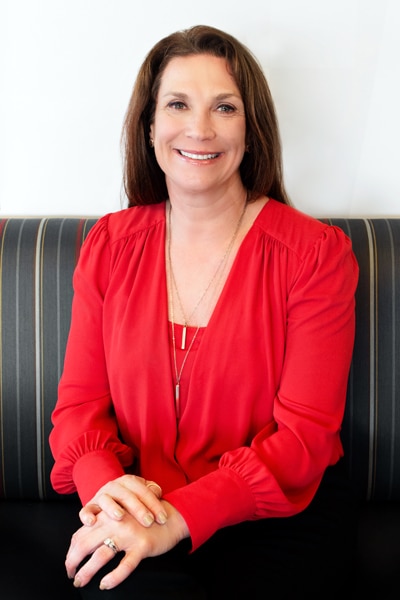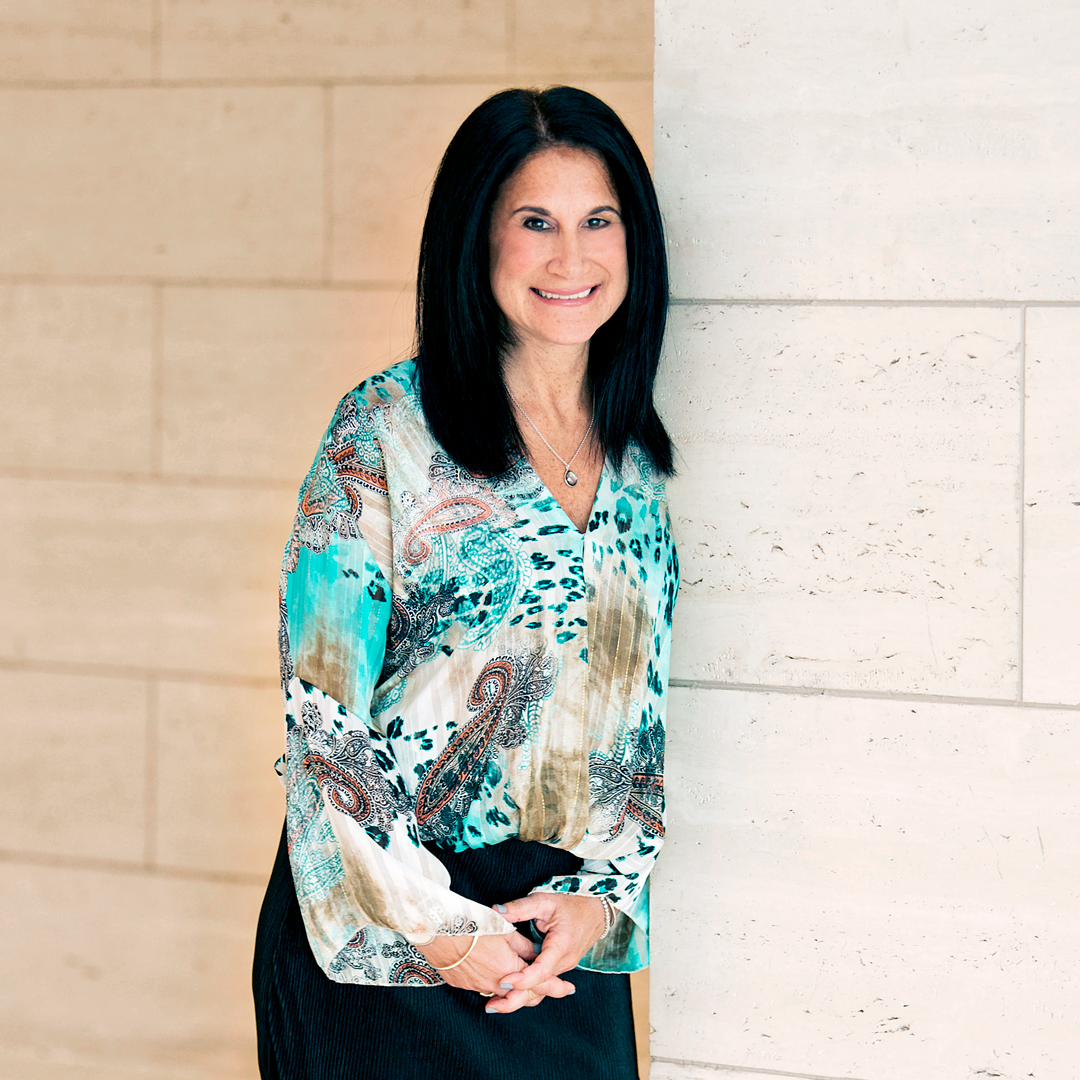|
Getting your Trinity Audio player ready...
|
Turnover is notoriously high in the food industry. Marna Killian looks to reverse the trend at Checkers and Rally’s restaurants with innovative, research-based initiatives aimed at attracting, developing, and retaining employees. Her overarching goal in her role as senior vice president of people is to create a “crazy good experience” for employees that will translate to a positive guest experience.

A veteran of the restaurant business with a degree in hospitality management and an MBA, Killian spent more than two decades in HR in the full-service space, including stints at Darden Restaurants (Olive Garden, Longhorn Steakhouse, and others) and Margaritaville.
While Killian was making the decision to transition to the quick-service industry at Checkers and Rally’s, she had an aha moment at the drive-thru. “It is important to me to commit to a purpose-driven role,” she says. “I saw the cashier smile despite the small building. I realized I’d have an opportunity to change her life for the better.”
Improving the employee experience is a win-win, Killian says, referencing the service profit chain model that says if you take care of your employees, they’ll take care of your guests, and sales and profits will follow. “The guest experience can’t exceed the employee experience, so it’s critical to create a motivating, engaging culture.”
But you can’t improve what you don’t know, so one of Killian’s first moves was to map out the employee experience. She worked with the marketing department to perform demographic and psychographic studies on current and former employees and identify causes of high turnover as well as what benefits and development tools they needed.
The research was key in moving forward with improvements in how the company attracts, develops, and retains good employees. It also helped Killian’s team come up with the mission statement “enriching people’s lives through Crazy Good Experience” (a callback to the brand’s tagline, “Crazy Good Food”).
To attract the right people, Killian’s team updated language on job postings to include phrases such as “team player” and “fun environment.” They also added photos of smiling employees to get across the “crazy good experience” message. Killian also added a talent acquisition and engagement position to help operators and managers properly staff their restaurants and create engaged teams.
“The guest experience can’t exceed the employee experience, so it’s critical to create a motivating, engaging culture.”
On the development side, Killian and her team have retooled the company’s learning management system, branding it “Crazy Good Learning” and shortening and simplifying content to better appeal to their audience. They added training materials for general, shift, and assistant managers designed to improve leadership skills. They’re also running a pilot test on a game-based mobile learning platform, where employees compete with one another across the country.
“Most of our employees are urban, diverse, younger, and lower income,” Killian notes. “Our goal in updating the development content was to get broader buy-in, help them understand the benefit of what we’re trying to teach them, and provide life skills.”
Refreshed employee development programs are in their infancy, but already, the restaurants with higher participation are seeing lower turnover, increased sales, and greater guest satisfaction.
Killian’s retention efforts lean heavily on benefits. One need that surfaced during research—and was subsequently added—was for instant pay, which allows employees to access half their pay one day after their shifts. “We wanted to give employees something that would positively impact their lives,” Killian says. “Many of our employees live paycheck to paycheck, and this allows them to access money if they have an emergency, such as a car issue or unexpected health bill.”
To make sure the employee culture remains engaging, Killian and her team developed annual surveys as well as onboarding and exit surveys. “Marna’s work with Perceptyx is enormously impactful at Checkers/Rally’s because she uses the survey as a tool to drive strategically focused action,” says Gena Cox, senior consultant at Perceptyx. “The insights Marna derives from the survey data have impact because they are tied to business challenges.”
“Most of our employees are urban, diverse, younger, and lower income. Our goal in updating the development content was to get broader buy-in and help them understand the benefit of what we’re trying to teach them.”
The data collected from the survey inform new HR initiatives and provide insights into how well existing programs are working. The onboarding survey is unique in that new employees are queried after ten, thirty, and seventy-five days on the job. This timing is deliberate—Killian’s research showed that if people stay ninety days, they are far more likely to stay a year or more, but most people quit just before the twenty-day mark.
When the ten-day survey revealed that welcoming and onboarding new employees was key, the team created a new-hire kit with a uniform and branded water bottle and backpack. At thirty days, employees needed strong training resources so they could confidently do their jobs. At seventy-five days, employees needed to feel like their managers were building good relationships with them. Enter the “Crazy Good Learning” programs.
The scope of these HR initiatives is no small thing—Kilian oversees a team of seventeen who service about five thousand employees nationwide. She says her leadership philosophy of hiring great people and getting out of their way has served her well.
“I do that by setting expectations at the beginning, coaching and developing them, and giving them opportunity for personal and professional development,” she says. An echo of what she’s doing for all of Checkers and Rally’s in-restaurant workers.















